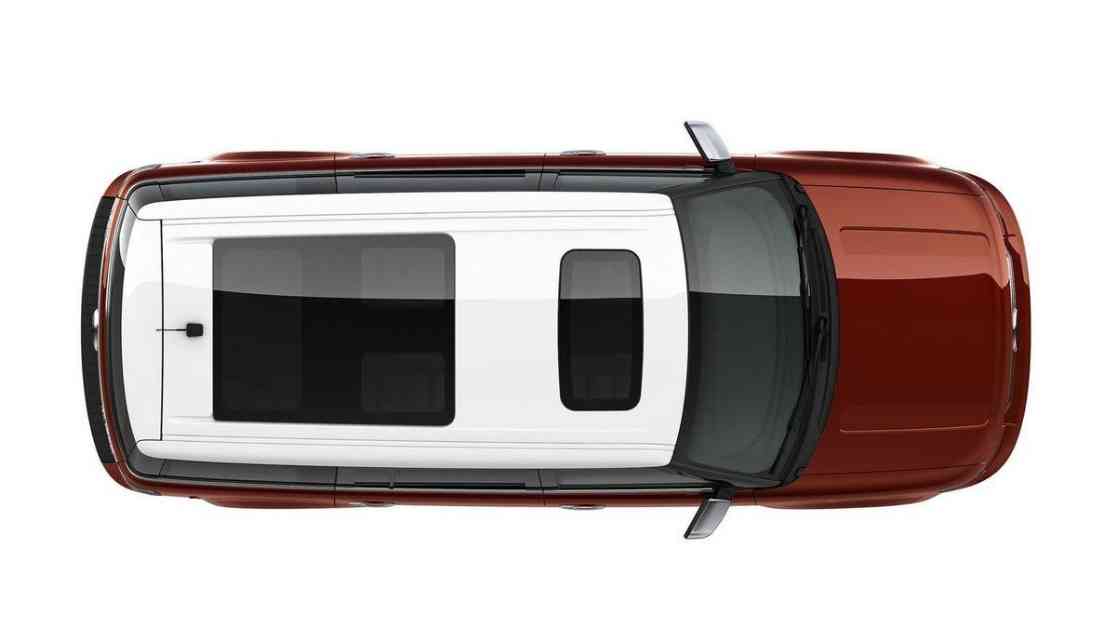Before the rise of wide-opening panoramic glass roofs in cars, automakers used to take more risks to bring extra light and sun into car interiors. For example, the sixth-gen Maxima from Nissan offered a skylight that ran down the middle of the roof, while Ford provided a skylight for every passenger in the Flex model. Volkswagen even managed to incorporate a glass roof into a metal convertible top with the Eos. Let’s take a trip down memory lane and explore some unique sunroofs and skylights that were once available in cars.
Pontiac’s midsize G6, offered in sedan, coupe, and hardtop convertible styles, featured a trick four-pane panoramic roof. The sedan version had a cool setup where the rear three panes would slide back and stack on top of each other while the front pane flipped up. However, this design cut into rear seat headroom and had some quality issues over time.
Jeep’s Commander SUV in the 2000s came with a unique option on the Limited trim – a pair of middle-row skylights with retractable shades. These fixed panels added plenty of natural light to the cabin when combined with the front opening sunroof.
Chevy’s Malibu Maxx wagon variant had a wider skylight above the rear seats in addition to a separate front sunroof. While it looked like one panel from the outside, inside it was split into two sections, each with its own sunshade for passenger comfort.
The third-generation Nissan Quest van offered an interesting feature with four large portrait-oriented skylights, one for each passenger in the second and third rows, along with a regular landscape-oriented sunroof for the front passengers. This setup created a spacious and bright interior, perfect for long trips with the dual-screen DVD entertainment system.
Jeep’s Liberty SUV had the option of a sliding cloth roof called Sky Slider, which added a unique touch to the boxy design. However, as time went on, owners faced issues with the Sky Slider mechanism, leading to complaints and headaches.
Ford’s Flex model introduced the Vista Roof option, which included a front opening sunroof, two fixed skylights for second-row passengers, and an even larger skylight for third-row passengers. This setup gave the Flex a distinctive look and added $1,750 to the price tag.
The Land Rover Discovery Series II featured a skylight setup with a front opening panel and Alpine windows above the rear side windows for rear passengers to enjoy elevated views. This design continued with the LR3 and the new Defender models.
The Opel Astra in Europe offered a panoramic windscreen that extended into the roof above the passengers’ heads, providing a bright and open cabin environment. Rear passengers also had their own tinted glass roof panel for a unique experience.
The sixth-gen Nissan Maxima sported a SkyView fixed glass panel down the center of the roof, adding a modern and distinctive touch to the sedan’s design. Alternatively, customers could choose a regular sunroof for a more traditional setup.
Ford’s fifth-generation Mustang was available with a full glass roof option on select models, providing a unique driving experience with increased natural light in the cabin.
Bugatti’s Chiron model introduced the Sky View roof option in 2018, featuring two wafer-thin glass panels that increased interior headroom and roof stiffness while offering a luxurious touch to the supercar.
Mercedes-Benz offered the Magic Sky roof option on the SL and SLC models, allowing owners to tint the glass roof at the push of a button for privacy and comfort. The innovative technology allowed the glass to go from clear to opaque instantly, enhancing the driving experience.
These automotive glass roof designs from various manufacturers showcase the creativity and innovation that have gone into creating unique and memorable sunroof and skylight options for car enthusiasts. While some designs faced challenges over time, they continue to inspire future developments in automotive design and technology.










